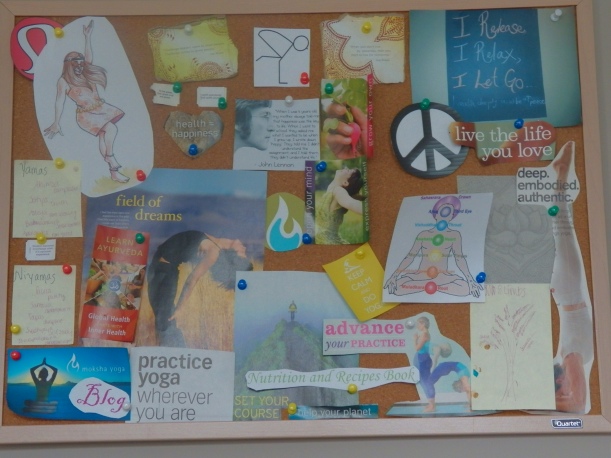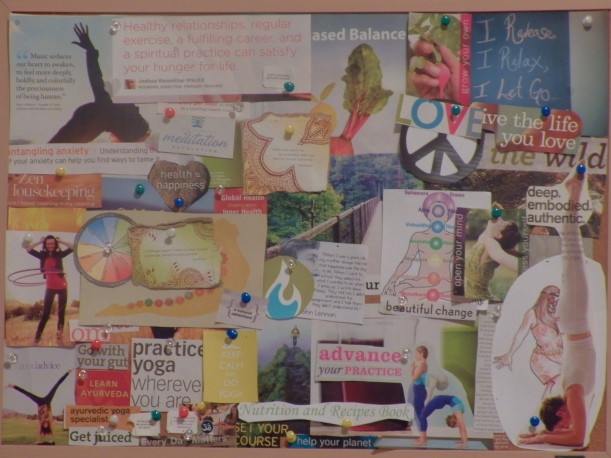
Stress, especially in the SLP and Helping Professional world, is a common thing and something that you have probably struggled with a lot in the last two years, and just as possibly before that. Without finding ways to work through and manage the stress, it can shift to full-blown burnout. This is where having some tools to help really comes in handy.
One of the biggest tools of Stress Management is the use of Positivity. It can help you to shift out of the negative thought spirals, reduce the stress you are feeling, and prevent it from coming back by building resiliency.
But it has to be real positivity to work. Otherwise, it can backfire.
Positivity is sometimes used to tell you to just keep smiling, cheer up, and that there is no use in feeling down. And when you’re stressed, among other times, it can be a really not so great thing. In fact, this “only seeing the positive ” and “maintaining a positive mindset at all times” is known as Toxic Positivity.
This type of positivity forces you to only look at the good, constantly seek the blessings in disguise, and believe that everything happens for a good reason – even if it includes trauma and incredibly difficult circumstances.
This is when positivity itself can become not-so-positive.
So, with so much stress and stressful moments, is there room for positivity? Is it even a good thing?
Yes, positivity itself is great. Toxic Positivity is just that – toxic.
According to the site VeryWellMind.com, Toxic positivity is the belief that “no matter how dire or difficult a situation is, people should maintain a positive mindset. … We all know that having a positive outlook on life is good for your mental well-being. The problem is that life isn’t always positive. We all deal with painful emotions and experiences”.
This is not the same as “positivity”.
Positivity, by definition, is “the practice of being or tendency to be positive or optimistic in attitude”. It is more than just “being happy”. Positivity is being aware and mindful of the positive aspects and moments of your day and life to help cultivate more optimism, kindness, and positive outlook, while in turn decreasing the feelings of negativity, anxiety and chronic stress.
When it comes to Toxic Positivity vs Positivity, one focuses on ignoring, invalidating feelings and creating false reality, while the other focuses on the full picture and perspective.
Here is the thing, your brain is absolutely wired to find the negative and seek out the stress and potential stress around you. And this keeps you seeking more stress and fires up the alarm system in your stress response. That is why once you have one stressful thing, if you aren’t able to process it and move on, it can feel like things start to snowball and there are SO many stressful moments happening, without anything else.
Toxic Positivity would tell you to stop with the negative and “cheer up!”. It’s not happening and there is no room for that in your life. And, while that sounds great, it absolutely makes you feel like you are “wrong” for feeling stressed. It also doesn’t do anything to address the stress you are feeling and facing, and help manage it.
Positivity, on the other hand, allows you to notice the stress without ignoring it – because your brain is naturally doing that – AND it helps you to also notice the things that your brain is not focusing on – the good moments of your day, the pieces that are going well, and the things you can learn and use moving forward.
One says failure isn’t an option and doesn’t happen, the other says I failed, it sucks, what can I learn from this for the next time.
It’s like Toxic Positivity is “this, but…..” and Positivity is “Yes, and….”. Like, you are experiencing this stress, but look at the good that comes from it. Or, you are experiencing this stress, and look at what you can learn from it. One excludes the stress you are feeling, and one includes it with a way to move forward through it.
Toxic positivity leaves no room for the feelings of negativity and stress. Positivity knows that you are already seeing and feeling the stress, and helps you see the other pieces as well.
Toxic positivity is about ignoring the negative. Positivity is about the full picture.
Here are some common phrases that show Toxic Positivity vs Positivity, one being more of a “toxic” positivity, and the other true positivity.
- Good vibes only (toxic, because it doesn’t allow for other feelings) vs Good vibes (positive)
- Everything happens for a reason (can be toxic, especially for trauma) vs How can I find purpose or meaning in this
- Always look on the brightside (toxic, because it doesn’t allow for other feelings) vs What is going well (positive)
- Failure is not an option (toxic because no room for other things) vs What can I learn from this (positive)
- Smile!! Be happy!! (toxic, because, ew) vs Are you doing ok today? I’m here if you need anything.
Where have you experienced toxic positivity when you are feeling stressed in your life? Sometimes it comes from others and sometimes it comes from our own inner voice and pressure.
How can you start to make a shift in the language you use, to create true positivity, and lessen the toxic positivity?
Share in the comments below! Or send me an email at jessi@jessiandricks.com, or share in your IG stories and tag @jessiandricks
For more tools that can help you to shift to the positive and reduce the stress you face, without negating how you feel, make sure to check out the upcoming SLP Stress Management Course. You can get on the waitlist to be the first to know when it opens for enrollment, and get some free resources to use in the meantime, by subscribing below. (I promise, I won’t ever spam you or share your details).
And if you want more info on stress management, make sure to check out these CEU/CMH courses.
- Rethinking Your Daily Routines to Reduce Stress on SpeechPathology.com (1 ASHA CEU Hour .10 units)
- Managing Common SLP Stressors before Burn Out Occurs on Northern Speech Services (2.5 ASHA CEU hours .025 units)
- 3 Biggest Stressors for SLPs and What to do About Them on SpeechPathology.com (1.5 ASHA CEU hours .15 units)
With Love and Light,
Jessi













